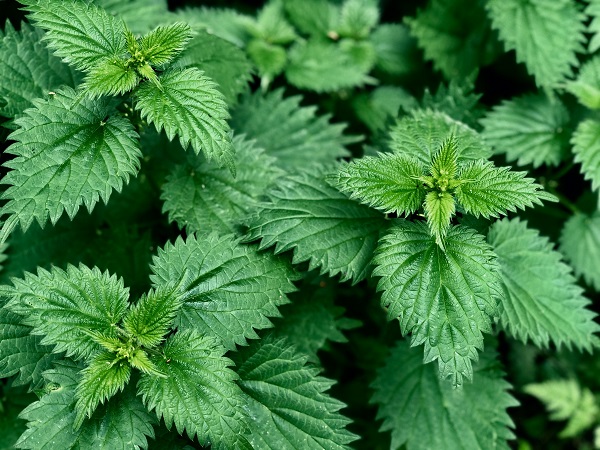
In the realm of herbal remedies, few plants carry as much intrigue and versatility as the stinging nettle (Urtica dioica). With a reputation for both healing and discomfort, this prickly herb has found its way into traditional medicine and modern wellness practices alike. From its potential uses to its less savory side effects, stinging nettle is a botanical paradox that demands our attention.
The Plant with a Sting
Stinging nettle is a perennial plant that grows in temperate regions around the world. Its serrated leaves are covered with tiny, hair-like structures that release histamines and other chemicals when touched, causing a stinging sensation and skin irritation. Despite its defensive mechanism, stinging nettle has been utilized for centuries for its potential health benefits.
Potential Uses
Nutritional Powerhouse: Stinging nettle leaves are rich in essential nutrients, including vitamins A and C, iron, calcium, and magnesium. Consuming nettle leaves as a food or herbal infusion can provide a nourishing boost to your diet.
Allergies and Hay Fever: Some individuals turn to stinging nettles as a natural remedy for seasonal allergies and hay fever. The plant’s natural antihistamine properties might help alleviate symptoms like sneezing and itchy eyes.
Joint Health: Stinging nettle has been traditionally used to address joint pain and inflammation, particularly in conditions like arthritis. Some research suggests that its anti-inflammatory compounds may contribute to pain relief.
Urinary Health: Stinging nettle is known for its diuretic properties, which might help support kidney health and urinary function. It is often used as a component in herbal formulations for urinary tract health.
Hair and Skin: Extracts from stinging nettle have been used topically to promote hair growth and treat conditions like dandruff and oily scalp. Nettle’s potential astringent properties might also benefit the skin.
Side Effects and Precautions
Skin Irritation: As the name suggests, direct contact with stinging nettle can cause skin irritation and discomfort. However, cooking or drying the plant neutralizes the stinging hairs.
Interaction with Medications: Stinging nettle might interact with certain medications, including blood thinners, blood pressure medications, and diabetes medications. Consult a healthcare professional before incorporating it into your routine.
Pregnancy and Breastfeeding: Pregnant or breastfeeding individuals should exercise caution when using stinging nettle. There isn’t sufficient research to establish its safety during these times.
Digestive Upset: Consuming stinging nettle in excess might lead to stomach upset, nausea, or diarrhea. Moderation is key.
Allergic Reactions: While some people use stinging nettle to alleviate allergies, there have been rare cases of allergic reactions to the plant itself. If you’re prone to allergies, approach it with caution.
Conclusion
Stinging nettle’s dual nature as a prickly nuisance and a potential remedy underscores the complexity of herbal medicine. Its potential uses for allergies, joint health, and more are intriguing, but its side effects and interactions should not be ignored. Before incorporating stinging nettle into your wellness regimen, consult a healthcare professional to ensure that its benefits outweigh any potential risks. As with all herbal remedies, knowledge, caution, and personalized guidance are essential for reaping the rewards while avoiding the stings.
Related Articles & Free Email Newsletter Sign Up
Aloe Plants Offer Medicinal Properties and Ornamental Beauty



Comment here